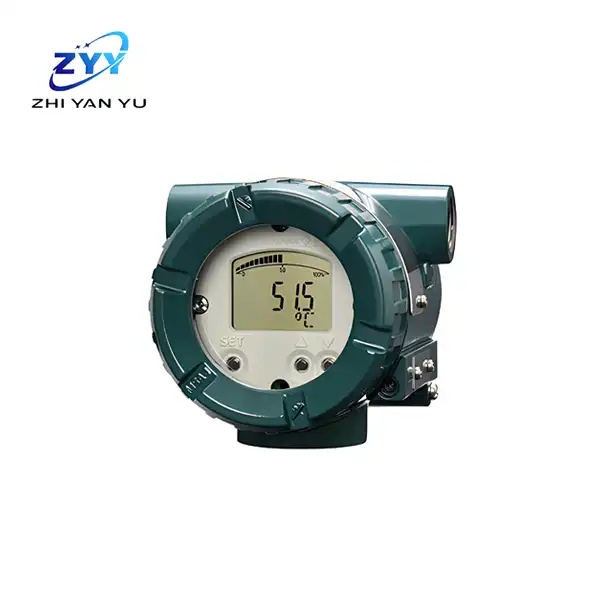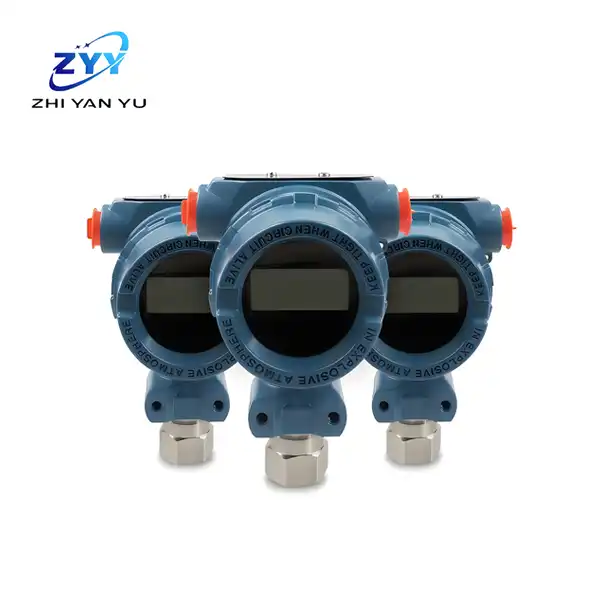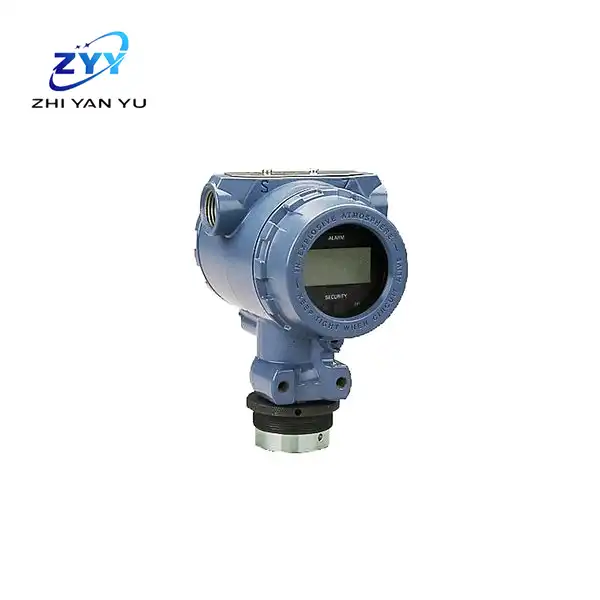- English
- French
- German
- Portuguese
- Spanish
- Russian
- Japanese
- Korean
- Arabic
- Greek
- German
- Turkish
- Italian
- Danish
- Romanian
- Indonesian
- Czech
- Afrikaans
- Swedish
- Polish
- Basque
- Catalan
- Esperanto
- Hindi
- Lao
- Albanian
- Amharic
- Armenian
- Azerbaijani
- Belarusian
- Bengali
- Bosnian
- Bulgarian
- Cebuano
- Chichewa
- Corsican
- Croatian
- Dutch
- Estonian
- Filipino
- Finnish
- Frisian
- Galician
- Georgian
- Gujarati
- Haitian
- Hausa
- Hawaiian
- Hebrew
- Hmong
- Hungarian
- Icelandic
- Igbo
- Javanese
- Kannada
- Kazakh
- Khmer
- Kurdish
- Kyrgyz
- Latin
- Latvian
- Lithuanian
- Luxembou..
- Macedonian
- Malagasy
- Malay
- Malayalam
- Maltese
- Maori
- Marathi
- Mongolian
- Burmese
- Nepali
- Norwegian
- Pashto
- Persian
- Punjabi
- Serbian
- Sesotho
- Sinhala
- Slovak
- Slovenian
- Somali
- Samoan
- Scots Gaelic
- Shona
- Sindhi
- Sundanese
- Swahili
- Tajik
- Tamil
- Telugu
- Thai
- Ukrainian
- Urdu
- Uzbek
- Vietnamese
- Welsh
- Xhosa
- Yiddish
- Yoruba
- Zulu
Differences between absolute, gauge, and differential pressure transmitters
2024-07-25 11:33:18
Differences between Absolute, Gauge, and Differential Pressure Transmitters
Pressure transmitters are crucial instruments in various industries, aiding in the measurement and monitoring of pressure in different systems. Understanding the differences between absolute, gauge, and Rosemount 1151hp Differential Pressure Transmitter is fundamental for selecting the right device for specific applications. In this article, we delve into the intricacies of each type, exploring their functionalities, applications, and key differences.
Absolute Pressure Transmitters: Defining Pressure in Absolute Terms
Absolute pressure transmitters measure pressure relative to a perfect vacuum, providing readings that include atmospheric pressure. These devices are pivotal in applications where it's essential to know the total pressure exerted on a system, regardless of atmospheric conditions. Industries such as aerospace, vacuum technology, and meteorology heavily rely on absolute pressure transmitters for accurate pressure measurements.
Gauge Pressure Transmitters: Monitoring Pressure Relative to Atmospheric Pressure
Gauge pressure transmitters measure pressure relative to atmospheric pressure, omitting atmospheric pressure from their readings. They are commonly used in applications where only the pressure above atmospheric pressure is of interest, such as in industrial processes, automotive applications, and hydraulic systems. Gauge pressure transmitters offer precise measurements crucial for maintaining optimal operational conditions.
Differential Pressure Transmitters: Monitoring the Difference in Pressure
Rosemount 1151hp Differential Pressure Transmitter measures the difference in pressure between two points in a system. This type of transmitter is invaluable in applications where monitoring the pressure drop across filters, flow meters, or pumps is necessary. Industries such as HVAC, chemical processing, and water treatment rely on Rosemount 1151hp Differential Pressure Transmitter to ensure efficient operation and timely maintenance of equipment.
Functionalities and Key Features of Pressure Transmitters
Pressure transmitters are essential instruments utilized in different ventures to quantify and send pressure readings. They assume a vital part in observing and controlling pressure in modern cycles. Here are the functionalities and key elements of pressure transmitters:
Pressure Estimation: Pressure transmitters are intended to precisely gauge the pressure of gases, fluids, or steam inside a framework or cycle. They can handle a great many pressures, from low to high, and are accessible in different pressure reaches to suit various applications.
Sending Information: One of the essential elements of pressure transmitters is to communicate the deliberate pressure information to control frameworks, information procurement frameworks, or other observing gadgets. This considers continuous checking and control of pressure inside a cycle.
Exactness and Accuracy: Pressure transmitters are designed to give precise and exact pressure estimations, guaranteeing that the sent information is dependable for pursuing basic choices in modern cycles. Great transmitters offer phenomenal repeatability and steadiness over the long run.
Similarity with Various Media: Pressure transmitters are intended to be viable with many media, including destructive liquids, gooey materials, and high-temperature substances. This adaptability makes them appropriate for assorted modern applications.
Yield Signals: These transmitters can deliver different result signals like 4-20 Mama, 0-10 VDC, HART, Establishment Fieldbus, or Profibus, permitting consistent reconciliation with control frameworks and modern organizations.
Temperature Remuneration: Many pressure transmitters consolidate temperature pay to guarantee that temperature varieties don't essentially influence the precision of pressure estimations. This component is fundamental for keeping up with estimation respectability in fluctuating temperature conditions.
Pressure Alleviation and Overpressure Assurance: Some pressure transmitters are outfitted with worked in components for pressure help and overpressure security, shielding the instrument from harm because of unforeseen pressure spikes.
Remote Observing Capacities: High level pressure transmitters might offer remote checking abilities, permitting administrators to get to pressure information from a distance through computerized correspondence conventions or modern IoT stages.
Movable Reach and Alignment: Certain pressure transmitters take into account field-movable pressure reaches and adjustment, giving adaptability to customization and tweaking to explicit interaction prerequisites.
Fixing and Nook Choices: Pressure transmitters are accessible with various fixing and nook choices to guarantee similarity with various ecological circumstances, including risky or destructive conditions.
Analytic and Self-Testing Highlights: Present day pressure transmitters frequently incorporate demonstrative and self-testing elements to screen their own exhibition, recognize issues, and give alarms to upkeep or adjustment needs.
Naturally Protected Plans: In dangerous conditions, characteristically safe pressure transmitters are accessible, intended to forestall start sources and guarantee safe activity in possibly hazardous environments.
Long haul Steadiness: Great pressure transmitters are designed for long haul soundness, limiting float and keeping up with predictable execution overstretched times of activity.
Ecological Obstruction: Pressure transmitters are intended to withstand brutal natural circumstances, including vibration, shock, dampness, and residue, to guarantee dependable activity in testing modern settings.
In synopsis, pressure transmitters give precise pressure estimation, information transmission, and a scope of highlights to guarantee solid and effective activity in different modern applications. Their flexibility, accuracy, and similarity with various media make them basic instruments for pressure checking and control.
Selecting the Right Pressure Transmitter for Your Application
When selecting a pressure transmitter for a particular application, several factors must be considered, including the range of pressure to be measured, environmental conditions, accuracy requirements, and compatibility with existing systems. Absolute pressure transmitters are ideal for applications where total pressure is critical, while gauge pressure transmitters are suitable for monitoring pressure above atmospheric conditions. Rosemount 1151hp Differential Pressure Transmitter excels in applications requiring the measurement of pressure differentials across components or systems.
Pressure transmitters play a pivotal role in various industries, ensuring the safe and efficient operation of critical systems. Understanding the differences between absolute, gauge, and Rosemount 1151hp Differential Pressure Transmitter is essential for selecting the right instrument to meet specific application requirements.
Contact Us
Looking for high-quality pressure transmitters for your industrial needs? Look no further! We are a professional manufacturing supplier with a GMP factory, offering a large inventory of pressure transmitters. With complete certificates and support for OEM customization, we guarantee fast delivery and tight packaging. Contact us at lm@zyyinstrument.com to discuss your requirements and explore how we can support your business needs.
References
- "Pressure Measurement: Absolute, Gauge, and Differential." Omega Engineering. https://www.omega.com/en-us/resources/pressure-measurement-absolute-gauge-and-differential
- "Understanding the Different Types of Pressure Transducers." WIKA Instrument Corporation. https://blog.wika.us/products/pressure-products/understanding-the-different-types-of-pressure-transducers/2022/04/
- "Pressure Transmitter Selection Guide." Emerson. https://www.emerson.com/documents/automation/product-selection-guides-en-pm3479.pdf
YOU MAY LIKE

ABB valve positioner V18345-1020121001

Rosemount™ 248 rail-mounted temperature transmitter

Yokogawa Temperature Transmitter YTA710

Rosemount 3051GP pressure transmitter

Rosemount 2090P Pressure transmitter
Henghe EJX510A direct-mounted absolute pressure transmitter
Output 4~20mA DC current signal.
Fast response, remote setup and monitoring.
Diagnostic functions: high/low pressure alarm output.
Multi-sensing technology detects anomalies. FF fieldbus type is available.
TÜV certified and meets SIL 2 safety requirements.
